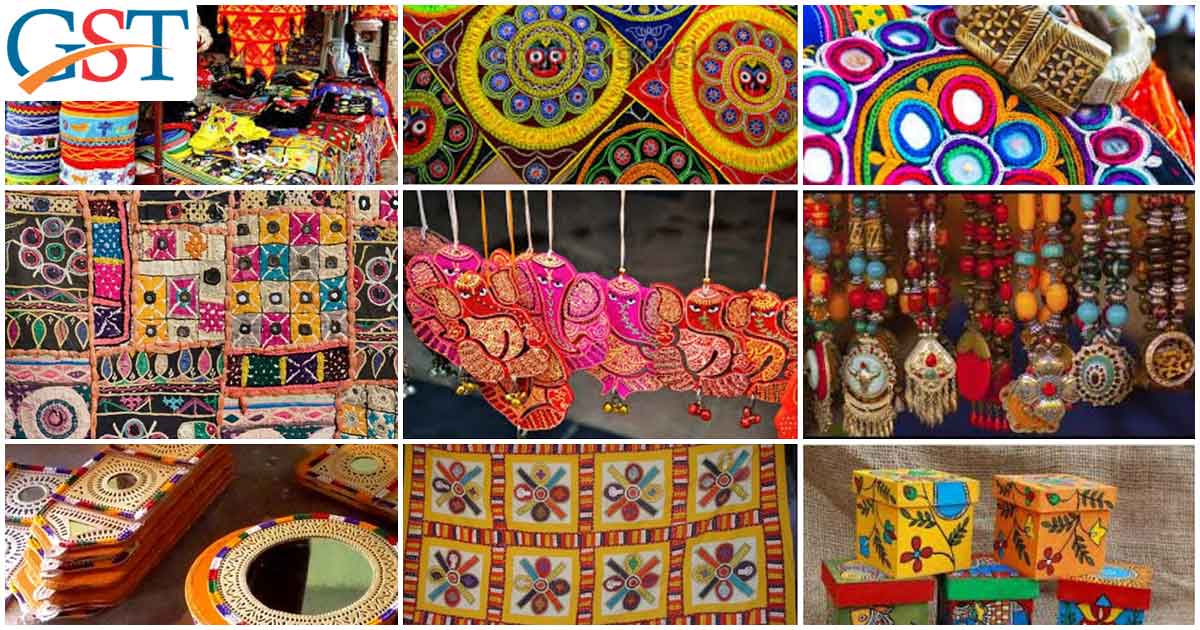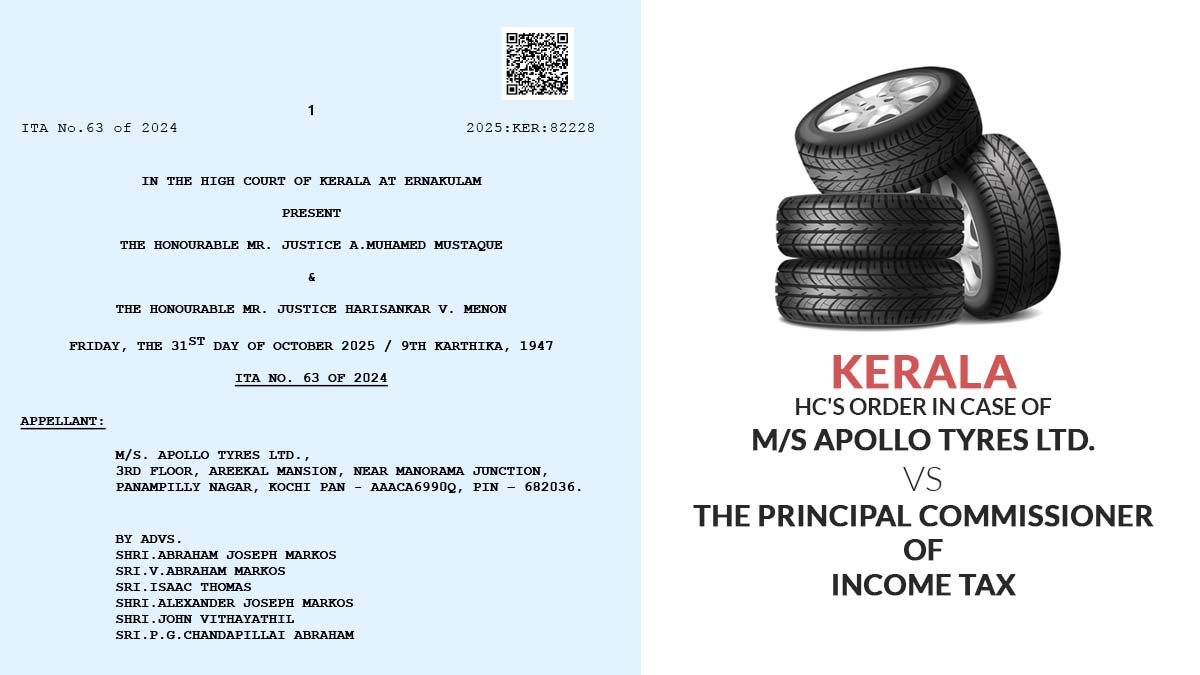GST council meeting which is going to hold on 18 January will make a clear distinction between the products should be treated under handmade items or not. It is due to the uncertainty that whether handmade butter and wooden furniture should be considered under this category or not. This meeting can prove to be fruitful in defining what forges a handmade product as it will certain the much-litigated issue and country can improve the export of such items.
A ministerial committee which is set up by the GST council has also put forward a suggestion to reduce GST on the job work for handmade products to 5%. A government official also said, “Report has been submitted to the Council. It will take a call now.” The panel has been set up by the government when states forced for reduced GST or allowing an exemption for certain products because they were considered under handicraft products.
India’s handmade sector sells out handicraft products at offshore and earns around Rs. 4,000 Crore each year by exporting only.
The main problem with this sector is that the GST regime does not draw the line between machine-made and handmade products, and this is the reason for latter to be in a drawback. The formed panel recommended a clear distinction defining both the items, which has stayed obscure for many, and now this is the reason for the problem under handmade items category.
Read Also: Impact of Goods and Services Tax Over Indian Handicraft Industries
The recommended definition says that handmade products are goods primarily made up using hands, it is also possible that some machinery or tools also utilized to make them process further in between the making.
A person also explained it in detail familiar with the discussion, “Besides, such goods are graced with visual appeal in the nature of ornamentation or in-lay work or some similar work of a substantial nature; possess distinctive features, which can be aesthetic, artistic, ethnic or culturally attached and are amply different from mechanically produced goods of similar utility.”
Vanaja Sarna, chairman of Central Board of Excise and Customs and head of the panel recommended that an arrangement in the nomenclature defining handicraft items.
The recommended products under the definition are handmade fabric, handmade agarbattis, handmade wallets, pouches, boxes, postcards, letter cards, handmade envelopes, and paper. The proposed list doesn’t include sarees or dresses. furthermore, wooden tableware, cane, bamboo furniture, handmade shawls are also in the proposed list to be included under handicraft items mentioning.
Recommended: Why Carpet Industry Need Help After GST Implementation?
The supreme court previously at the time of a case between central excise authorities and Louis Shoppe, mentioned clearly through broad guidelines on deciding handmade items.
It had also mentioned that handmade products should be under certain conditions including they are made by hand although machinery or tool can be used in the process as well and another condition was it must be clearly able to visualize in the nature of decoration or work proving it an item of artistic enhancement or in-lay work and the decoration must be in an adequate manner defining a nature of art instead of feigning nature only.










